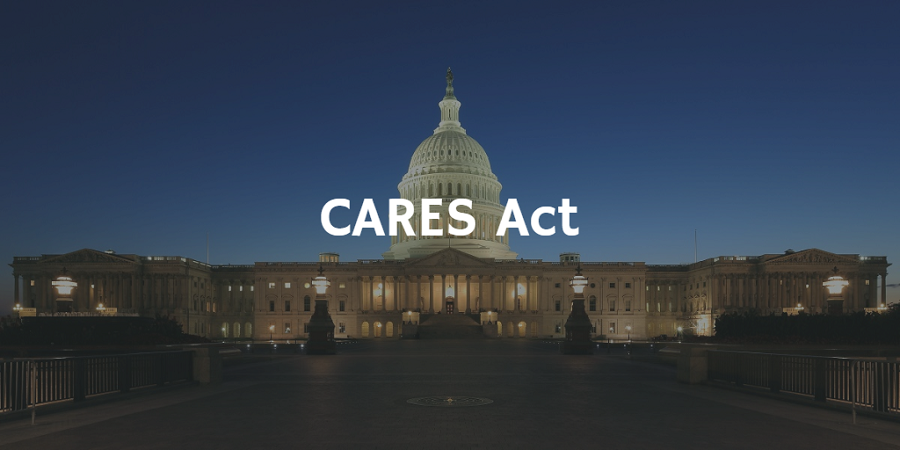Category: Retirement Planning
Thinking about retirement?
The decision to retire encompasses more than just financial considerations; it profoundly influences your overall well-being. Surprisingly, the timing of your retirement...
I’ll Huff and I’ll Puff and I’ll Blow Your House Down
We all know the story of the Three Little Pigs. Those three boys had mooched off of Mama Pig long enough, and she told them to hit the road. Like any good Mama, before their departure she warned them...
CARES Act – What May Affect You
The COVID-19 (COVID-19) pandemic has left its mark on
global and domestic markets. Government guidelines to practice “social
distancing” has significantly impacted commerce as consumers are staying...
SECURE Act Brings Potential Changes to Your Planning
Over the summer of 2019, the House of Representatives passed the bipartisan Setting Every Community Up for Retirement Enhancement (SECURE) Act. On December 19, 2019, the Senate passed the bill, and...
Long-Term Care Insurance Premium Increases Expected for 2020
A recent article in Investment News reported that
“roughly 40 to 45 states have approved ‘significant premium increases’” on many
long-term care insurance policies. Author Greg Iacurci further reports...
The Power of Purpose and Meaning in Life
The following article is shared with written permission from author Lydia Denworth. She is a science writer and author of I Can Hear You Whisper: An Intimate Journey through the Science of Sound and...
2017 Medicare Annual Open Enrollment
It’s the most wonderful time of the year! That’s right, Medicare’s annual Open Enrollment Period (you thought I meant the holidays, didn’t you?) Move over sweater weather, turkey and dressing, and time...
What is Fee-Only, Fee-Based, and Commissions?
An October 2017 article published by Wall Street Journal columnist, Jason Zweig, highlighted the growing confusion around the term “Fee-Only” when referring to how financial advisors are compensated....
Social Security Changes: How Do They Affect You?
In the previous two blog posts, Jeff Cedarholm shared his
view on the changing investment landscape. Today’s post is focused on the
changing landscape of Social Security. The expected lower market...









